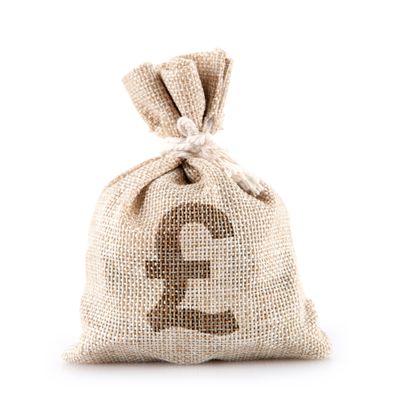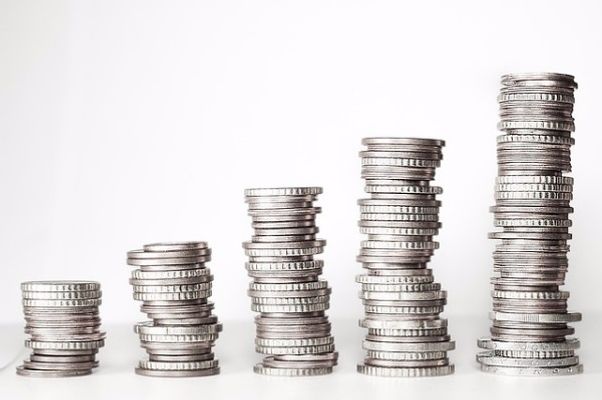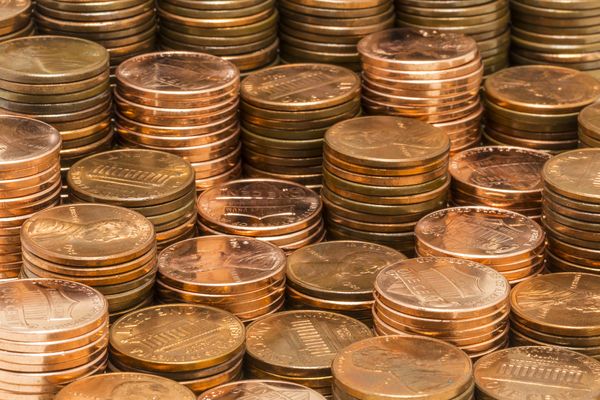3.1.1
Economic Crises & Government Response, 1918-1923
The Effect of Reparations on Germany's Economy
The Effect of Reparations on Germany's Economy
Reparations seriously damaged Germany's economy. It became quickly apparent that Germany would not be able to pay them in full.


The sum of reparations
The sum of reparations
- The sum was fixed in 1921 at £6.6 billion. Payments were to be made in gold or in kind (goods, raw materials).


Government expenditure
Government expenditure
- Expenditure was rising because the Weimar Republic brought in welfare benefits and had to pay widows’ and veterans’ pensions and compensate war victims.
- It also paid compensation to people who lost land under Versailles and gave cheap loans and subsidies to help industry.


Government debt
Government debt
- The German government was already in debt because of war expenditure. It soon exhausted its already low gold reserves.
- The government had to buy goods and raw materials to meet reparations payments. The government printed money to meet its expenditures.


Inflation
Inflation
- Printing more money without economic growth leads to inflation. The currency loses value, so more money is demanded for goods by suppliers and shops.
- Marks were soon losing value quickly. In January 1918, there were 8.9 marks to $1. In January 1920, there were 14; in January 1921, there were 64.9.
- The fall in the value of marks accelerated in 1922. In January 1922, there were 191.8 marks to $1. In January 1923, there were 17, 792 marks to $1.
- The German government fell behind with reparation payments.


Historical and economic assessment
Historical and economic assessment
- Economists debate whether the terms of the Treaty of Versailles actually had a negative impact on the German economy.
- Whilst 2.5% of GDP was spent on reparations between 1925 and 1930 those in the Cobdenite camp would argue that the limited military spending imposed by Versailles was fiscally beneficial for Germany. Cobden argues that spending lots of money on the military slows economic growth and means there is less spending elsewhere in the economy.
The Effect of Hyperinflation
The Effect of Hyperinflation
Inflation escalated in Germany to uncontrollable hyperinflation in 1923. By autumn, prices were rising daily or hourly.


Impact of the French occupation of the Ruhr
Impact of the French occupation of the Ruhr
- As Germany fell behind its reparation payments, France invaded the Ruhr (an industrial region in Germany).
- The German government ordered the workers to stop working (passive resistance).
- The government still had to pay unemployment and welfare benefits, but with no income from the Ruhr, hyperinflation simply got worse.


Stabilising German currency
Stabilising German currency
- Stresemann called off passive resistance in September. This was important. The German economy needed to be productive if a new currency were to work.
- The new currency was the Rentenmark. It was introduced in November 1923.
- 1 trillion marks were swapped for 1 Rentenmark. As people had confidence in the new currency, it was readily accepted.
- Hyperinflation was ended. But the memory of it haunted the Weimar Republic.


The losers of hyperinflation
The losers of hyperinflation
- Money lost all value.
- Cash savings and fixed incomes became worthless.
- Monthly salaries did not hold their value.
- This affected mainly the middle class
- People with assets or heirlooms sold them to bring in money.


The winners of hyperinflation
The winners of hyperinflation
- People who held money in foreign currencies (e.g. dollars) benefitted because foreign currencies’ purchasing power soared.
- People with fixed rents benefitted.
- The value of loans plummeted, helping borrowers. Some entrepreneurs took out loans to buy out competitors.
- Industrialist Hugo Stinnes used loans to buy competitors and other firms. By 1924, he owned 1,535 companies or 20% of German industries.
- The German government benefitted. It was 150,000 million marks in debt. This was equal to 15 pfennigs in Rentenmark.


Assessment of hyperfinflation
Assessment of hyperfinflation
- Peukert (1996):
- Different people from the same background were affected differently depending on where they lived, or their exact place in society.
- George Grosz: -‘Even an additional minute meant an increase in price … a rabbit…might cost two million marks more by the time it took to walk into the store'.
- Populist politicians offered simple explanations:
- ‘The crisis was...blamed on Jewish finance, the Versailles Treaty, Weimar democracy and socialists’.
The Invasion of the Ruhr 1923
The Invasion of the Ruhr 1923
The German government’s reaction to the occupation of the Ruhr triggered political unrest, social hardship and hyperinflation.


Motive behind the invasion
Motive behind the invasion
- Germany could not pay France and Belgium reparations.
- France and Belgium were dissatisfied and wanted to seize what was (in their eyes) theirs from the German economy.


Course of the invasion
Course of the invasion
- On 11 January 1923, French and Belgian troops invaded the Ruhr.
- They troops took control of all factories, mines, steelworks, railways and rolling stock throughout the Ruhr.
- On 19 January, the German government ordered passive resistance. The Germans refused to produce or transport goods. Communications were cut. Economic activity halted.
- The French and Belgians shot 132 Germans dead during their occupation. They also removed 150,000 people from the region for refusing to obey orders.


End of the crisis
End of the crisis
- On 26 September, Gustav Stresemann (the new German Chancellor) ended the campaign of passive resistance.
- The Rentenmark was introduced and the currency stabilised.
- But the invasion led to considerable political unrest and social hardship in Germany.
1Political & Governmental Change, 1918-1989
1.1Creation & Collapse of Weimar, 1918-1932
1.2Nazi Dictatorship, 1933-1945
1.3Return to Democratic Government, 1945-1989
2Opposition, Control & Consent 1918-1989
2.1Opposition to Government, 1918-1989
2.2Controlling the People, 1918-1989
3Economic Developments & Policies, 1918-1989
3.1Reacting to Economic Challenges, 1918-1932
3.2Controlling the Economy, 1933-1945
3.3Creating the Social Market Economy, 1945-1989
4Aspects of Life, 1918-1989
4.1Attitudes Towards Women, 1918-1989
4.2Education & Cultural Developments, 1918-1989
5Historical Interpretations
5.1Influence of German History
5.2Hitler & Foreign Policy
5.3Contribution of Other Nations to WW2
5.4Reasons for Invading Poland
Jump to other topics
1Political & Governmental Change, 1918-1989
1.1Creation & Collapse of Weimar, 1918-1932
1.2Nazi Dictatorship, 1933-1945
1.3Return to Democratic Government, 1945-1989
2Opposition, Control & Consent 1918-1989
2.1Opposition to Government, 1918-1989
2.2Controlling the People, 1918-1989
3Economic Developments & Policies, 1918-1989
3.1Reacting to Economic Challenges, 1918-1932
3.2Controlling the Economy, 1933-1945
3.3Creating the Social Market Economy, 1945-1989
4Aspects of Life, 1918-1989
4.1Attitudes Towards Women, 1918-1989
4.2Education & Cultural Developments, 1918-1989
5Historical Interpretations
5.1Influence of German History
5.2Hitler & Foreign Policy
5.3Contribution of Other Nations to WW2
5.4Reasons for Invading Poland
Unlock your full potential with Seneca Premium
Unlimited access to 10,000+ open-ended exam questions
Mini-mock exams based on your study history
Unlock 800+ premium courses & e-books